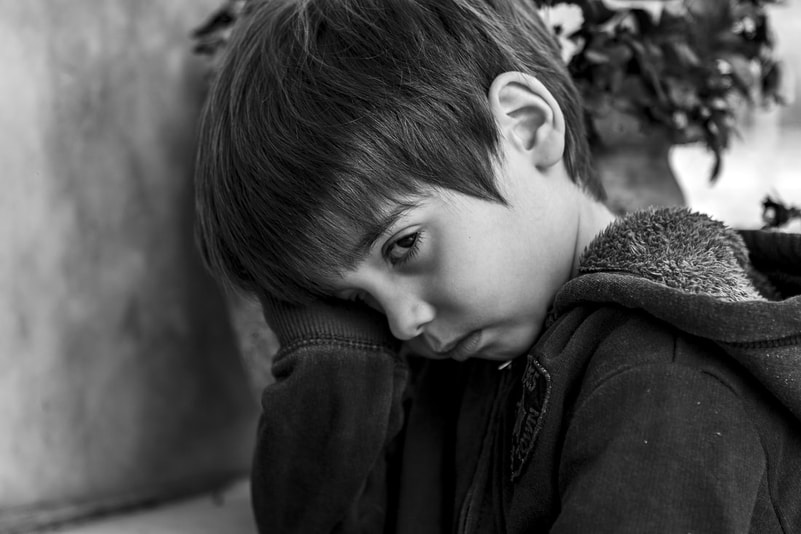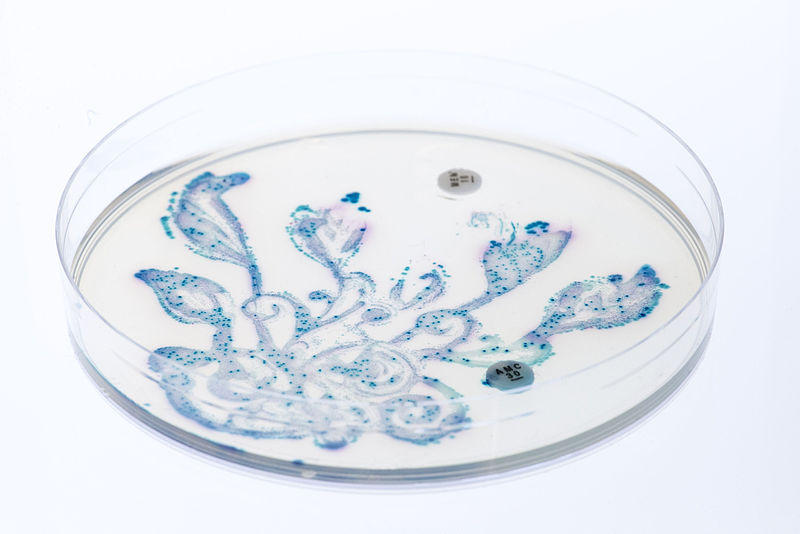Detecting Hidden Depression and Anxiety in Children
In the past few years, anxiety and depression have become increasingly prevalent disorders in the United States. According to the Anxiety and Depression Association of America in 2018, anxiety affects 18.1% of the U.S. adult population with depression following at a close 15%. Depression and anxiety can lead to a poor quality of life and place adults at a greater risk for other health problems, such as substance abuse and heart disease. Although it is important to treat adults for these disorders, researchers have also started to focus on studies that examine these disorders in young children under the age of 12. According to a study, approximately 1 in 5 children have internalizing disorders, a type of emotional or behavioral disorder, which usually refer to depression or anxiety. Children who have these disorders early on tend to exhibit a wide range of problems in later adolescent years, from increased risk of suicide to substance abuse. However, internalizing disorders can be hard to detect in young children because the behavioral symptoms are often not noticed by parents and the children themselves. Current methods to examine children for these disorders take an extensive amount of time and money. In order to address this problem, researchers at the University of Vermont and the University of Michigan-Ann Arbor have developed a wearable sensor for children that uses the child’s movement data to detect symptoms of internalized disorders.
To collect data that would be indicative of internalized disorders, the researchers conducted a mood induction test--the Snake test--on 63 children wearing the belt sensors. A researcher presented the child with a covered terrarium in a darkened room and suddenly swept away the blanket, revealing a fake snake that he brought to the child’s face. The immediate response of the child, along with the reaction to the following explanation that the snake was fake, was recorded. Throughout the experiment, the child’s movement data was tracked by the sensor and analyzed afterwards to generate a model that can potentially recognize the symptoms of internalized disorders.
To collect data that would be indicative of internalized disorders, the researchers conducted a mood induction test--the Snake test--on 63 children wearing the belt sensors. A researcher presented the child with a covered terrarium in a darkened room and suddenly swept away the blanket, revealing a fake snake that he brought to the child’s face. The immediate response of the child, along with the reaction to the following explanation that the snake was fake, was recorded. Throughout the experiment, the child’s movement data was tracked by the sensor and analyzed afterwards to generate a model that can potentially recognize the symptoms of internalized disorders.
Image Source: stevepb
The results showed that children with internalized disorders turned away more from the covered terrarium, measured by the angle in their body movement from the sensor, compared to children without internalized disorders. This data supports previous studies which showed that children who experience emotional trauma and post-traumatic stress disorder tend to avoid attention.
This new development in medical technology has important implications for the future of diagnostic screening and improvement of young children's health. Typically, children mental health disorders from ages 10 to 17 are not as widely discussed as those in adults due to their different and uncommon symptoms. While depressed adults tend to be socially withdrawn, children from ages 12-17 stay in contact with their close friends and become angry, rather than sad; symptoms of depression in children under the age of 12 are even more obscure. Not only is it harder to distinguish depression in children, but researchers are also still unclear on why antidepressant treatment for adults is not as effective on children.
Thus, by creating this novel method of screening children, more studies on antidepressants’ effects on children will have the potential to be conducted in the future. The wearable sensor is not perfect, but with future model improvements and further studies, it has the ability to become a powerful diagnostic tool. By helping children with internalized disorders, their risk of future health problems can drastically decrease.
This new development in medical technology has important implications for the future of diagnostic screening and improvement of young children's health. Typically, children mental health disorders from ages 10 to 17 are not as widely discussed as those in adults due to their different and uncommon symptoms. While depressed adults tend to be socially withdrawn, children from ages 12-17 stay in contact with their close friends and become angry, rather than sad; symptoms of depression in children under the age of 12 are even more obscure. Not only is it harder to distinguish depression in children, but researchers are also still unclear on why antidepressant treatment for adults is not as effective on children.
Thus, by creating this novel method of screening children, more studies on antidepressants’ effects on children will have the potential to be conducted in the future. The wearable sensor is not perfect, but with future model improvements and further studies, it has the ability to become a powerful diagnostic tool. By helping children with internalized disorders, their risk of future health problems can drastically decrease.
Featured Image Source: hulkiokantabak
RELATED ARTICLES
|
Vertical Divider
|
Vertical Divider
|
Vertical Divider
|






